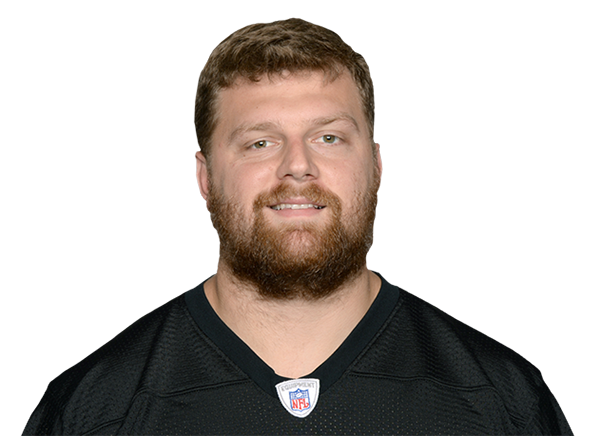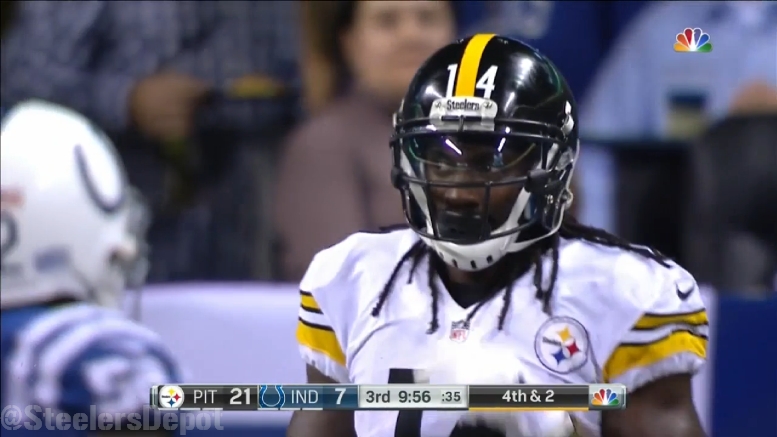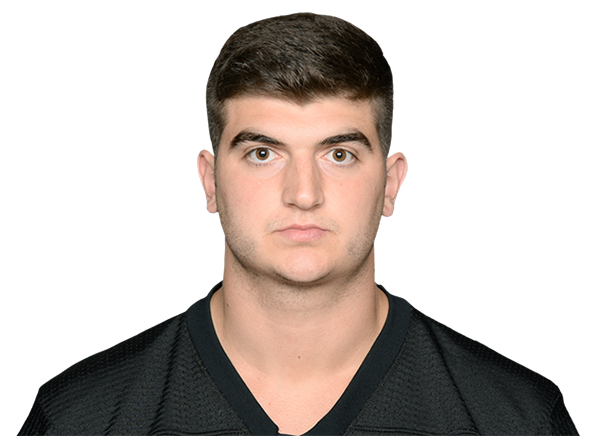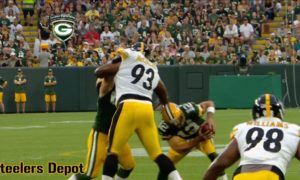It’s said a draft class can’t be fully graded until at least three years after the picks are made. That’s why after submitting grades for every Pittsburgh Steelers pick made in 2021, I began going back through and grading previous Steeler draft classes beginning with 2018. Today continues the fifth class in that exercise, with the second of the Steelers’ two fifth-round picks in the 2014 NFL Draft: Wesley Johnson, an offensive tackle from Vanderbilt.
This exercise follows the six viewpoints (listed below) for examining and re-grading a pick. Each of the first five viewpoints gets examined and assigned a letter grade, before taking that analysis and combining it into a final letter grade. Those five viewpoints comprise much of what goes into the draft grades consumed by so many every year after the draft.
Steelers’ Career: What did the player contribute to the team that drafted him?
NFL Career: Did the player make the pick look better in hindsight after leaving Pittsburgh?
Pick Value: Did the player outperform his draft slot? Did he fail to live up to the pick used on him?
Positional Value: Was the player the best player remaining at his specific position in the draft?
Other Options: Did any players go during the next round that were better selections?
Overall Grade: A final mark to denote whether the selection was an overall positive one, or one better spent elsewhere.
Each factor in a retrospective doesn’t apply evenly to every pick made; consider the grades weighted. For example, to return a high grade in pick value, a first-round pick should have a long and impactful career, while a later-round pick needs only a couple seasons as a back-up or modest contributor to be worth the selection used on him.
Some factors are universal, though. Whether picked first overall or 259th, there will always be other options on the board to compare the player to, and steals and reaches can come from any place in the draft.
Round 5, Pick 33: Wesley Johnson, OT, Vanderbilt
STEELERS CAREER: F
Sixteen picks after taking Arizona cornerback Shaquille Richardson in the fifth round, the Pittsburgh Steelers jumped from the Pac-12 to the SEC and selected Vanderbilt offensive tackle Wesley Johnson 173rd overall. Johnson was the first offensive lineman the team selected that draft, after the prior year failing to draft a blocker for the first time since 2003’s draft, when the team had only five picks.
By default, Johnson had the better Steelers’ career than Richardson, making the active roster out of camp. But Richardson lasted longer on the team’s practice squad than Johnson did with the Steelers — prior to the team’s Week 6 contest in 2014 against the Cleveland Browns, Pittsburgh waived Johnson. Johnson never took the field for Pittsburgh during the prior five games, and the Steelers never got a chance to bring him back to the roster. The New York Jets claimed him the next day, ending his Pittsburgh career.
NFL CAREER: C-
The Jets didn’t have an immediate need for Johnson, either. He never took the field during his rookie season, and didn’t even begin 2015 on the team’s roster. He stuck on the practice squad to begin his second season, but earned a mid-season promotion and played in 10 games with one start as a backup, playing almost 200 offensive snaps.
Johnson’s big NFL opportunity came with injuries to Nick Mangold that ended the All-Pro’s career. Johnson replaced him in the starting lineup for eight games, appearing in 10 total and playing over 650 snaps. His performance received a passing grade, and earned him a season as the team’s starter. Johnson played almost 1,000 snaps (over 90 percent), starting all but one of the Jets’ games that season.
He did not earn another season in New York. The Jets replaced Johnson with Spencer Long, and he failed to win a spot on Detroit’s offensive line after signing with the Lions. Johnson ended up signing as a backup mid-season with the Miami Dolphins, playing fewer than 30 offensive snaps in the final season of his career. He was last seen in the league failing to make the San Francisco 49ers’ roster out of camp in 2019.
PICK VALUE: C+
It didn’t come with the Steelers, but overall, Johnson returned something off the pick used to select him. It wasn’t a lengthy career and only came with a season as a starter and half of one as an injury replacement, but that’s not insignificant for a late fifth-rounder. In this class in particular, it’s actually one of the better values in that range.
POSITIONAL VALUE: B
Only four offensive linemen were drafted later than Johnson and went on to play more games than the Vanderbilt pick. Of them, one played Johnson’s drafted spot of tackle, and one played the position Johnson converted to, center. Both of those players came from the Boise State offensive line.
Taken 207th overall, center Matt Paradis has started all 89 career games in the NFL, first with his drafting team — Denver — and then with the Carolina Panthers. He is awaiting his first Pro Bowl appearance, but remains one of the higher-paid centers in football. And the next-to-last offensive lineman selected in 2014, Charles Leno Jr. overcame his spot as the 246th overall pick to Chicago to become one of the Bears’ biggest success stories in the last decade along the O-Line. He will also break 100 starts in his career this season, currently sitting at 94, including a full 16 games each of the last five seasons. Leno made the Pro Bowl in 2018, and signed with Washington in May, less than two weeks after Chicago released him.
Luke Bowanko (205th, Jacksonville) started one season at center with the Jaguars, and Seantrel Henderson (237th, Buffalo) spent two as the right tackle for the Bills. Both were out of the league by 2019, with similar careers to Johnson. Johnson topped the careers of the majority of remaining tackles and centers, with the only exceptions being the guys who came from Boise.
OTHER OPTIONS: B-
The position Pittsburgh and everybody should have focused along the line this late was guard, where Kansas City found a pair of starting guards seven picks apart. The first one off the board was Zach Fulton at 193rd overall, and now on to the New York Giants after three seasons starting in both Kansas City and Houston. The better-known guard is Dr. Laurent Duvernay-Tardif, selected 200th overall. Duvernay-Tardif has spent his entire career as a starting guard for K.C. One of the literal smartest players to ever make it in the NFL, he made the courageous decision prior to the 2020 season to use his medical training to help fight the COVID-19 pandemic back in his native Canada.
Most of the remaining notable names are overlaps from yesterday’s report on Richardson, none of whom have been long-term NFL starters. There is outside linebacker Devon Kennard (174th, N.Y. Giants), a starter for two years in Detroit with a pair of seven-sack seasons. E.J. Gaines (188th, St. Louis) started his first three seasons but has been out of the league since 2018, and Alfred Blue (181st, Houston) has been out just as long after a five-year career as a backup running back.
One name to add that was and is still a full-time starter is Pat O’Donnell, drafted 191st by Chicago and entering his eighth season as the Bears’ punter. Given the Steelers’ punting woes over the last seven years, O’Donnell is a name to consider in a re-draft, though not one that tops the Kansas City doctor as the top alternative to Pittsburgh’s original pick.
OVERALL GRADE: C
Pittsburgh didn’t exactly hit a home run with its selection, but it isn’t a miss, either. Picking just before the start of the sixth round, the Steelers identified a lineman good enough to start almost two seasons in the league. Those years just didn’t come in Pittsburgh, as roster circumstances forced the team to risk losing him on waivers and the Jets capitalized. Even if it wasn’t with the franchise, the team’s scouting department did its job and found an NFL contributor. In a dwindling pool of decent players, that’s a passing grade.






